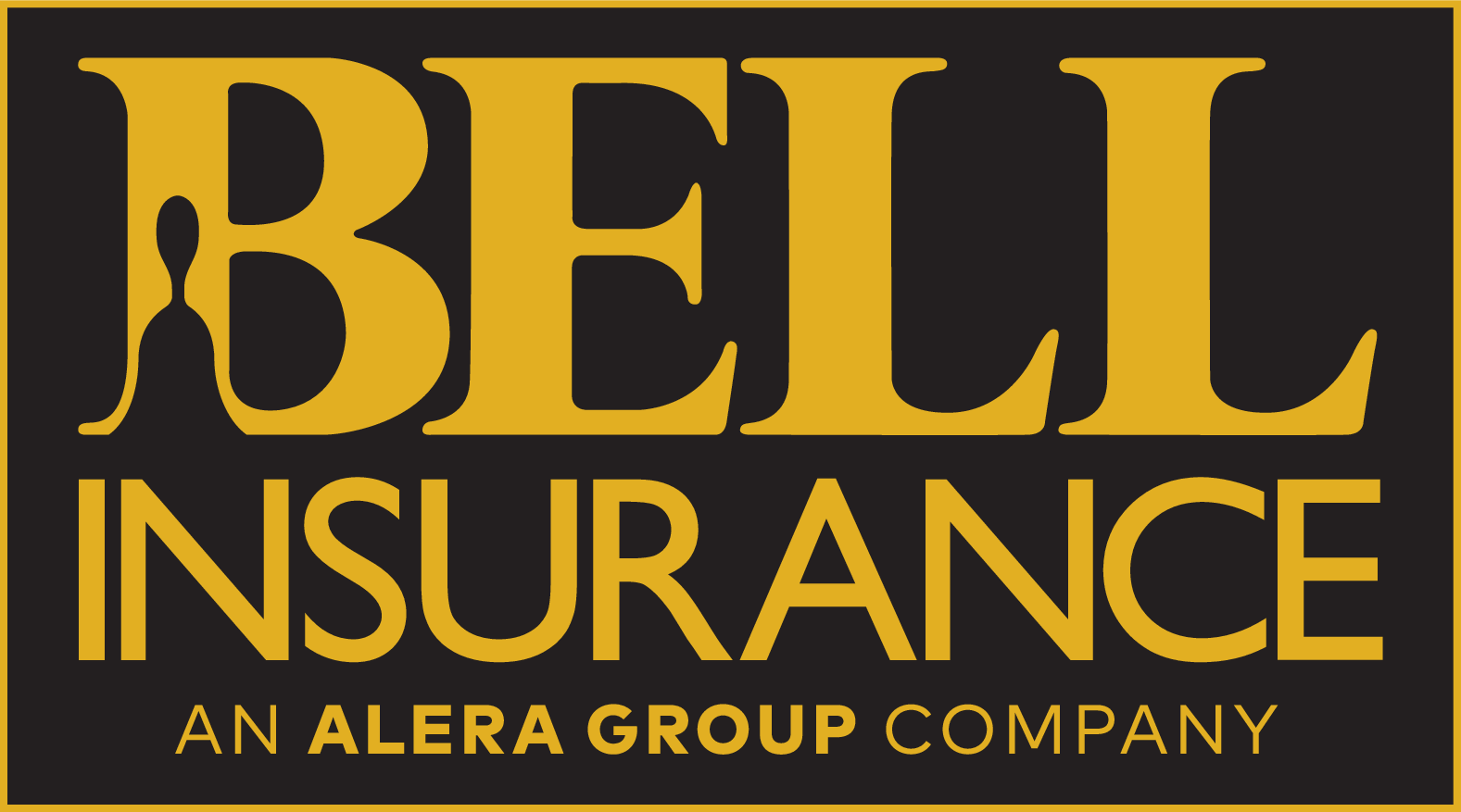Medicare covers services and supplies considered medically necessary to treat a disease or condition. If you're in a Medicare Advantage Plan or other Medicare plan, you may have different rules, but your plan must give you at least the same coverage as Original Medicare. Some services may only be covered in certain settings or for patients with certain conditions. The following explains what each Part covers:
Part A: Hospital Coverage
- Hospital care
- Skilled nursing facility care
- Nursing home care
- Hospice care
- Home health services
Part C: Medical Advantage Plans
Medicare Advantage Plans (or "MA Plans") are offered by private companies approved by Medicare (eg., HMO, PPO). If you join a Medicare Advantage Plan, you still have Medicare. You'll get your Medicare Part A and Medicare Part B coverage from the Medicare Advantage Plan and not Original Medicare.
Medicare Advantage Plans cover all Medicare services and also may offer extra coverage.
- These plans often require you to pay copays and deductibles.
- The doctors and hospitals you go to are part of a network. If you will be traveling out of the area, you can notify your insurance company and they will provide you with a list of providers that you can use.
- You may need a referral to see a specialist.
Part C may cover:
- Vision
- Hearing
- Dental
- Health and wellness programs
- Most include Medicare prescription drug coverage (Part D)
- Silver Sneakers®
Medicare supplement (Medigap) Insurance
Medigap is a traditional health insurance policy that requires no networks and no referrals. It can help pay some of the health care costs that Original Medicare doesn't cover, like copayments, coinsurance and deductibles.
If you have Original Medicare and you buy a Medigap policy, Medicare will pay its share of the Medicare-approved amount for covered health care costs, then your Medigap policy pays its share.
A Medigap policy is different from a Medicare Advantage Plan. Medicare Advantage plans are ways to get Medicare benefits, while a Medigap policy only supplements your Original Medicare benefits.
You must have Medicare Part A and Part B to purchase Medigap.
Medigap plans range from those with out-of-pocket expenses to those that cover 100 percent.
Part B: Medical Coverage
Part B covers medically necessary services and preventive services, such as:
- Clinical research
- Ambulance services
- Durable medical equipment
- Mental health
- Getting a second opinion before surgery
- Limited outpatient prescription drugs
Part D: Prescription Drug Plan
If you have Medicare Parts A and/or B, Part D plans can be purchased separately to help cover your prescription drug costs. These plans are offered by Medicare-approved private insurers. Each plan can vary in cost and drugs covered.
- Part D works with a Medicare supplement insurance plan, or on its own.
- You also can get Part D benefits through some Part C plans.
Costs
With Medicare, there is a deductible and the plan pays 75 percent of your drug costs after that. With a traditional plan, you may have a lower copay, but you may have more out-of-pocket expense with Part D. We offer several carriers to best meet your needs. Visit our Paying for Medicare page to learn more.
Coverage Gap
Most Medicare prescription drug plans have a coverage gap (also called the "donut hole"). This means there's a temporary limit on what the drug plan will cover for drugs.
Not everyone will enter the coverage gap. The coverage gap begins after you and your drug plan have spent a certain amount for covered drugs. This amount may change each year. Visit our Paying for Medicare page to learn more.
